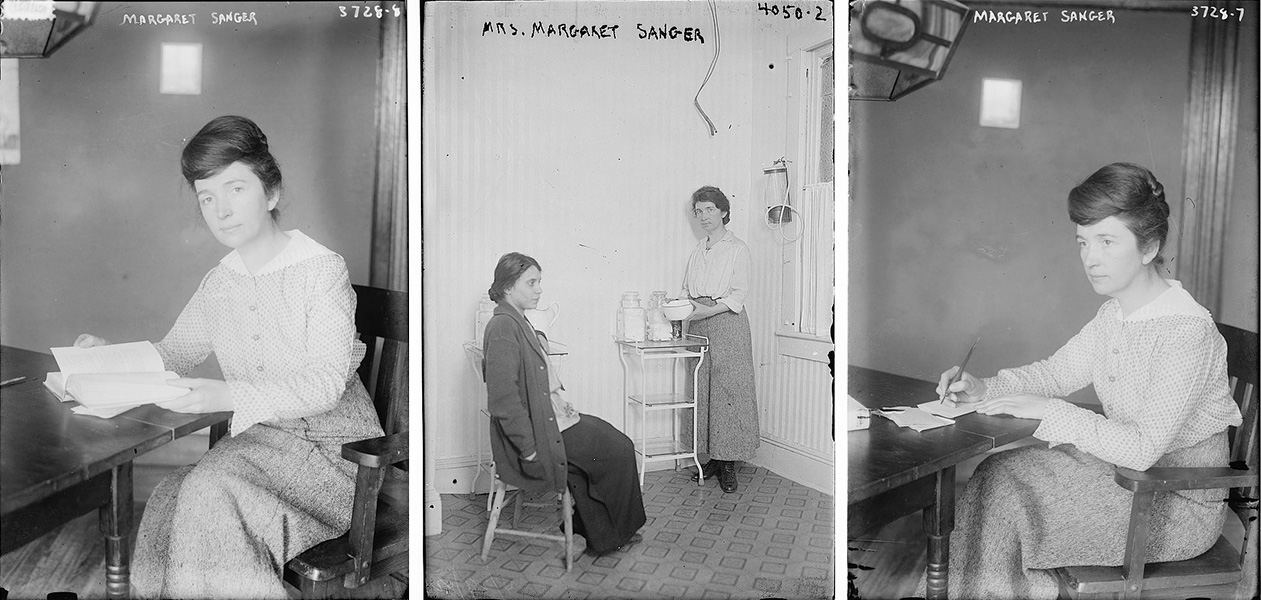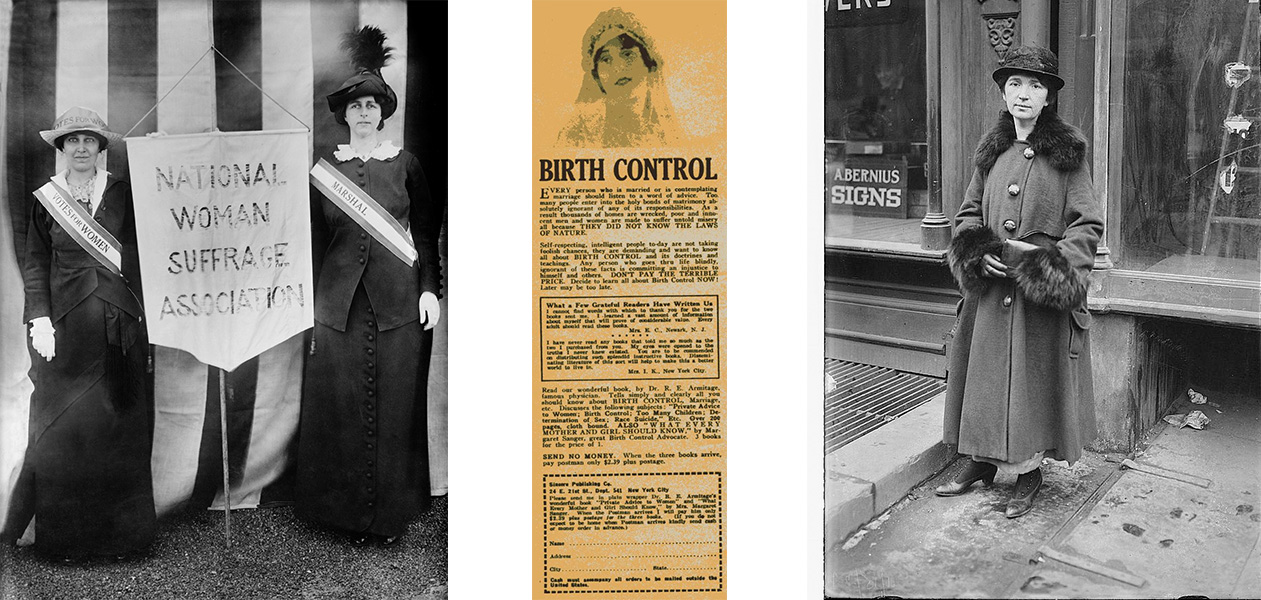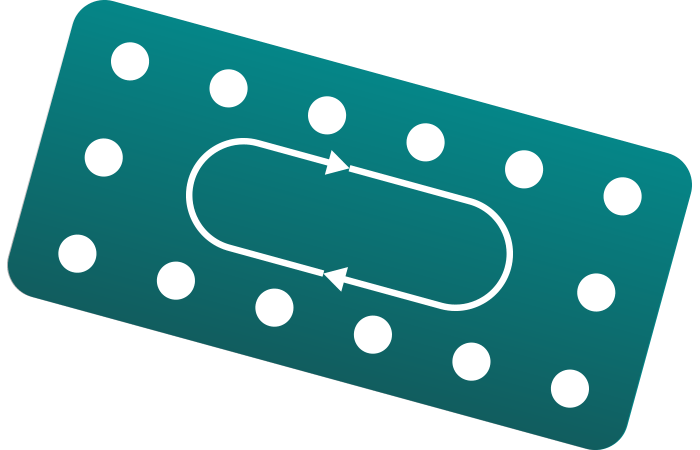
#noshame
Our birth rate is low, the number of legally induced abortions is dropping, and we use contraception very rarely. This may lead to the conclusion that Croats don’t have sex very often. However, the data published at 24sata.hr has shown that Croats have sex approximately 134 times per year, once in every two or three days.







